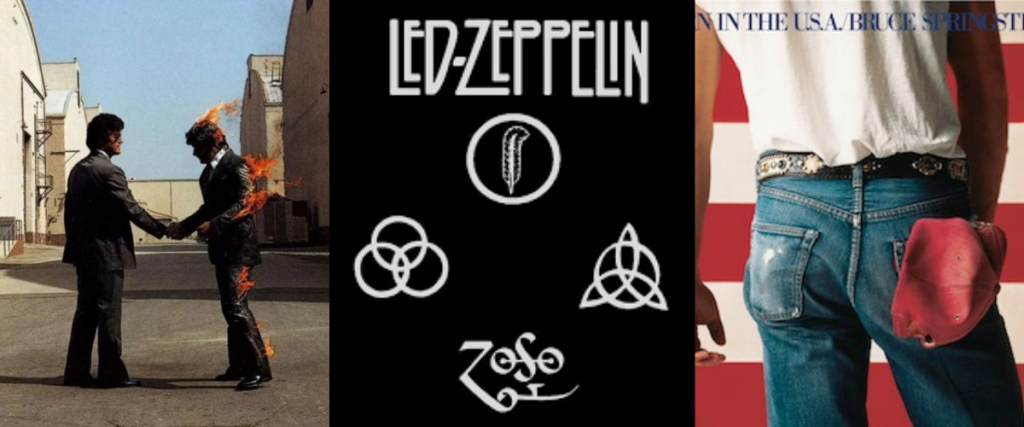In the realm of music, the power of visual artistry often goes hand in hand with auditory expression. Musicians, bands and their album covers have long served as captivating canvases, presenting a unique opportunity to convey messages, emotions and stories through imagery and symbolism. From iconic rock ‘n’ roll album covers that have become synonymous with rebellious spirit, to intricate designs representing complex musical concepts, the world of musical iconography is a fascinating study that delves into the marriage of sound and sight.
Historical Perspective
The marriage of music and imagery dates back centuries, finding its roots in the intricate illustrations and engravings that adorned the covers of classical sheet music. These visual elements not only added aesthetic appeal but often provided contextual clues to the content of the music itself. With the advent of modern recording technology and the rise of popular music in the 20th century, album covers emerged as a powerful medium for artistic expression.
Symbolism And Themes
Musical iconography frequently employs symbolism to convey deeper meaning and create a connection between the visual representation and the music it accompanies. Whether it’s the stark minimalism of The Beatles’ self-titled ‘White Album’ cover, which aimed to focus listeners solely on the music, or the vibrant psychedelia of Pink Floyd’s ‘Dark Side of the Moon,’ which visually mirrors the album’s introspective themes, these choices are deliberate and often hold layers of interpretation.
Furthermore, album covers can serve as gateways into the worlds musicians create. The mysterious and fantastical artwork of progressive rock bands like ‘Yes’ and ‘Genesis’ often mirrors the intricate narratives within their music, inviting listeners to explore other dimensions through their auditory and visual senses.
Cultural Reflections
Musical iconography is inherently tied to cultural shifts and societal dynamics. Album covers become mirrors that reflect the ethos of their time, often serving as vehicles for social commentary and pushing boundaries. The confrontational artwork of punk and heavy metal bands, for instance, not only signalled a rebellion against societal norms but also established a visual identity for entire subcultures.
Similarly, hip-hop album covers have often incorporated urban aesthetics, street art and symbols of empowerment, creating a visual language that speaks to the experiences and aspirations of marginalized communities.
Visualizing Sound
Translating sound into visual form is a unique challenge, and album covers offer artists the opportunity to convey the essence of music through colour, composition and design. The cover of Joy Division’s ‘Unknown Pleasures’ is a prime example, famously featuring a series of pulsar radio waves graphed in white on a black background. This minimalist design captures the band’s distinctive post-punk sound and the enigmatic nature of their music.
In contrast, the vibrant and intricate artwork of progressive rock bands like Jethro Tull and King Crimson often reflects the complex and multifaceted nature of their compositions, providing a visual representation of the musical journey that lies within.
The world of musical iconography is a rich tapestry that weaves together sound and vision, offering a glimpse into the artistic intent and cultural backdrop of musicians and bands. From the subtle nuances of symbolism to the bold statements of rebellion, album covers serve as more than mere packaging – they are windows into the artistic souls of those who create them. By delving into the visual narratives of musicians and the worlds they craft, we gain a deeper appreciation for the intricate interplay between music and imagery, and the profound impact it has on our perception and understanding of the sonic landscape.
—Silviya.Y
